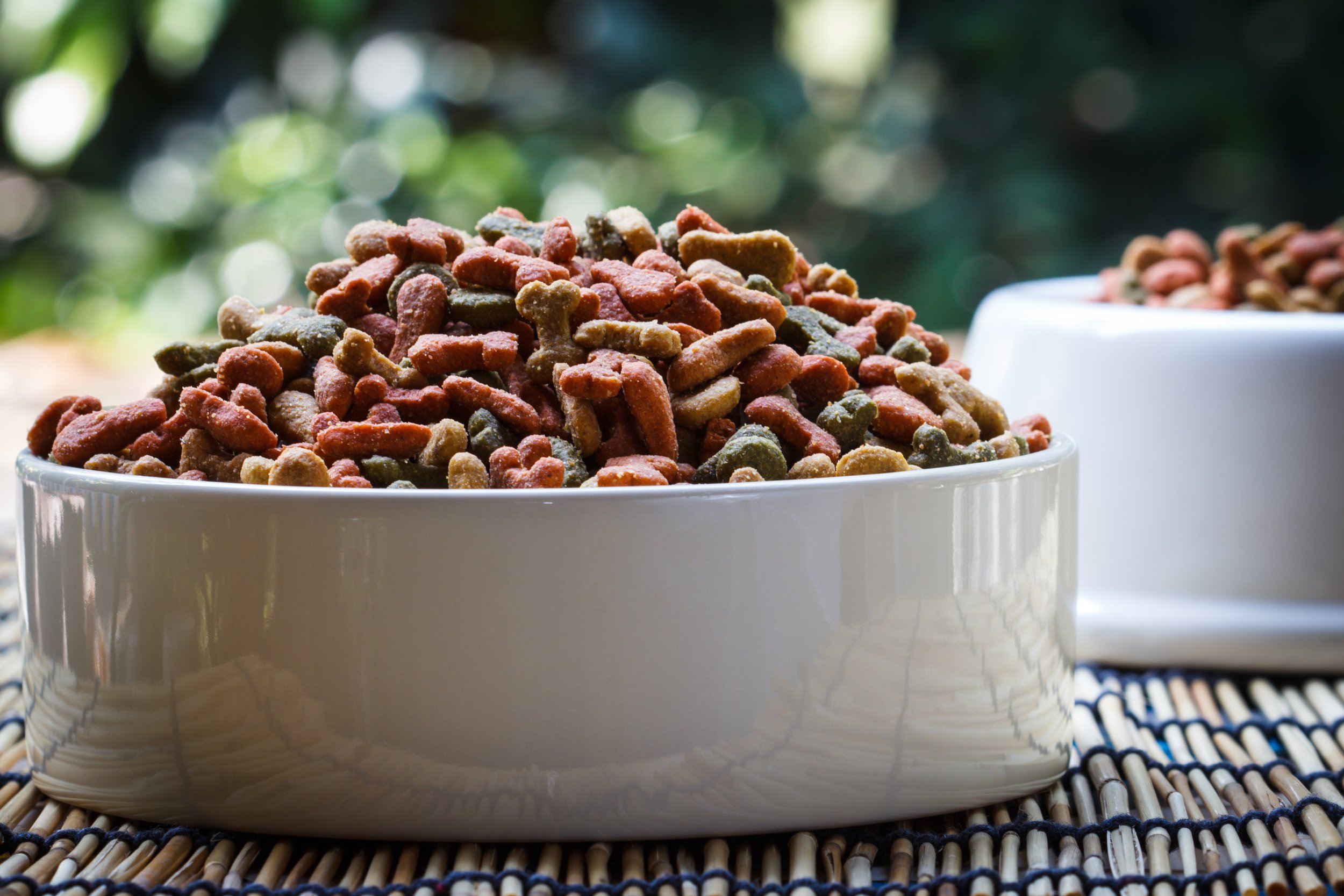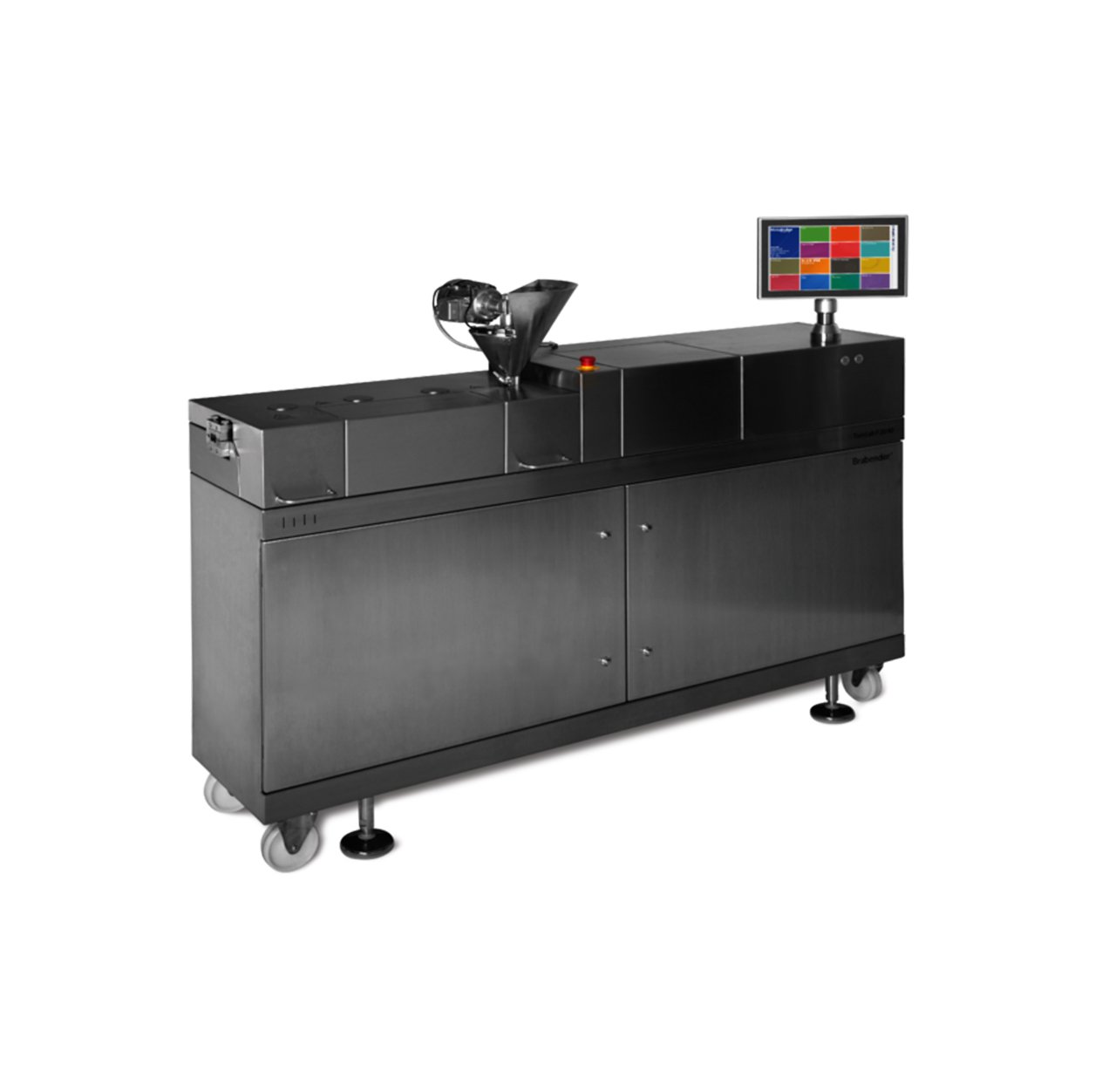How is pet food tested?
We love our pets. They are companions, loyal friends and even devoted work colleagues in some instances. For that reason, we want to do the best for them, and that includes what we feed them. Pet food is an increasingly big business, with manufacturers creating ever more high-quality products for our pets. Testing is an important part of the manufacturing process, ensuring the integrity, quality and safety of the ingredients.
How is pet food tested, and why is it important?
Why is pet food tested?
Testing pet food helps to ensure that our pets remain happy and healthy. It can also be used to ensure that the food is optimised to include all of the nutrition that the pet requires. It’s not just the health of the pet that matters. Pet food is handled by humans, who can get salmonellosis and other illnesses found in food from their pets food. Pets live in families, and children who still have developing immune systems can be more susceptible to pathogenic organisms if they touch contaminated pet treats, pet food, or are licked by their pet that could be carrying pathogenic bacteria.
It’s also important to remember that many pets are working in human environments or may serve as therapy pets in hospitals and care homes. Testing pet food ensures that they stay healthy and, in turn, so do their human companions.
Pet food testing will usually look at a range of factors, such as fat, protein and moisture as well potentially dangerous toxins.
How is pet food tested?
Pet food is tested using a variety of different tools and methods:
Protein Testing - Because protein is a key indicator of quality in pet food and is important for your pets diet, it’s vital to test pet food ingredients for protein content.
Fat Testing - Different animals have different energy requirements some of which will come from fats. Fat testing measures the amount of fat in pet food.
Moisture Testing - The water content of pet food will determine its consistency. Wet pet foods will contain more moisture than dry, but levels have to be correct for the food to maintain its integrity.
Fibre Testing - This is the indigestible part of plant foods and a complex carbohydrate that helps to keep the digestive system healthy.
Oil Testing - Pets enjoy the taste of fat, but its level has to be restricted for their health. Oil in pet food will impact both their taste and health profile.
Testing for Mycotoxins - Moulds grow on different crops and foodstuffs and mycotoxins occur naturally in food. These can lead to all kinds of health issues, for both pets and humans. It’s therefore vital to ensure that food Mycotoxins occur naturally in food, from moulds that grow on different crops and foodstuffs.
Structure Testing - the internal structure of pet foods will play a critical role in their quality analysis. The structure will impact on health, appearance and shelf-life of dog food.
Who tests pet food?
Pet food is tested by manufacturers, as well as testing and inspection authorities. Pet food is subject to the same legislation as that for farm and other animals, so the laws are stringent. Pet food is manufactured and distributed in the same way as human food, so some of the legislation governing human food is also applicable.
At Calibre Control, we make it our mission to ensure that our customers have access to the best quality testing equipment and are supported in their goal to supply nutritious produce to the global food industry.
We supply a range of instruments for testing pet food for a number of different metrics. Contact us today to discuss your requirements.




